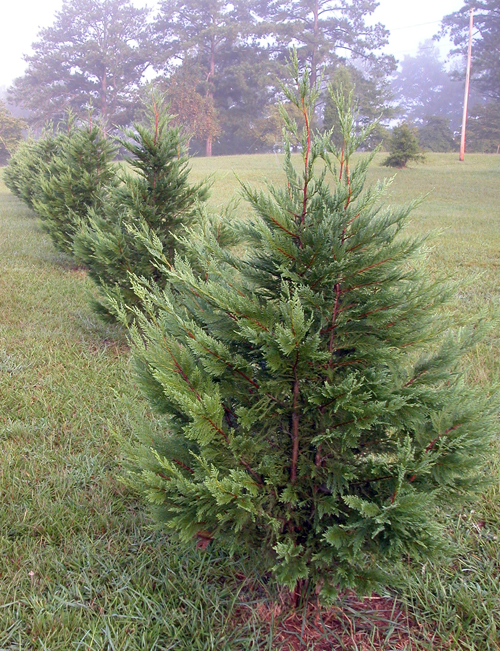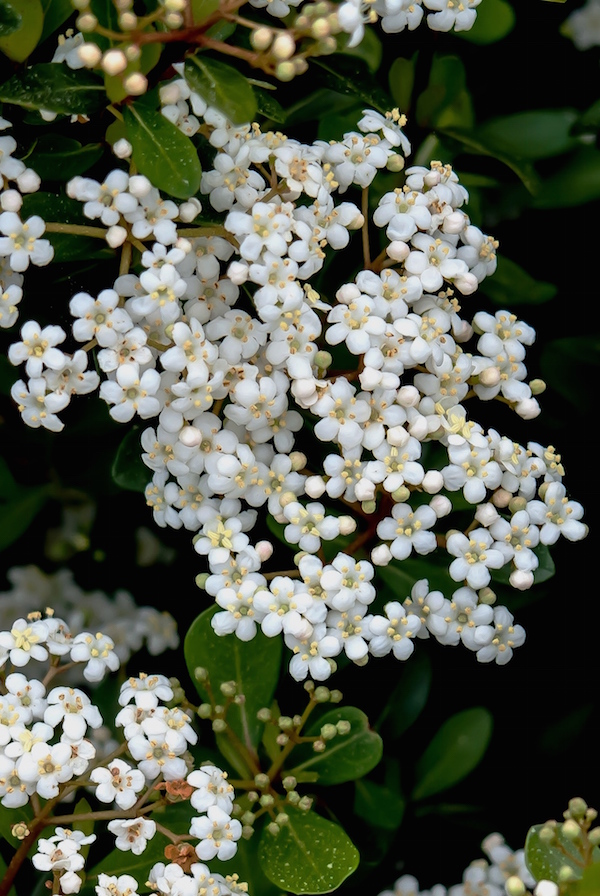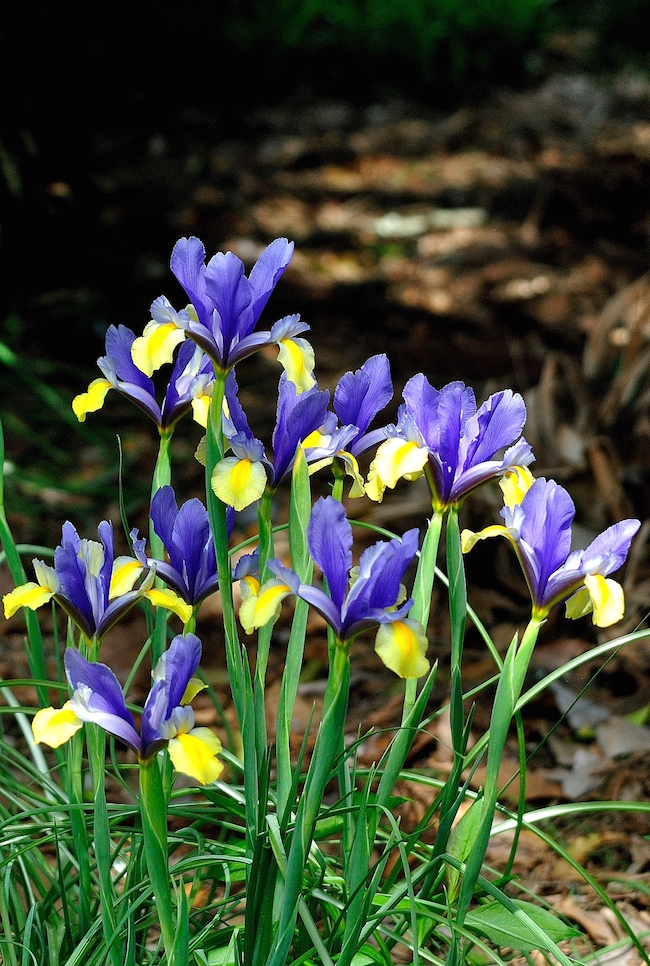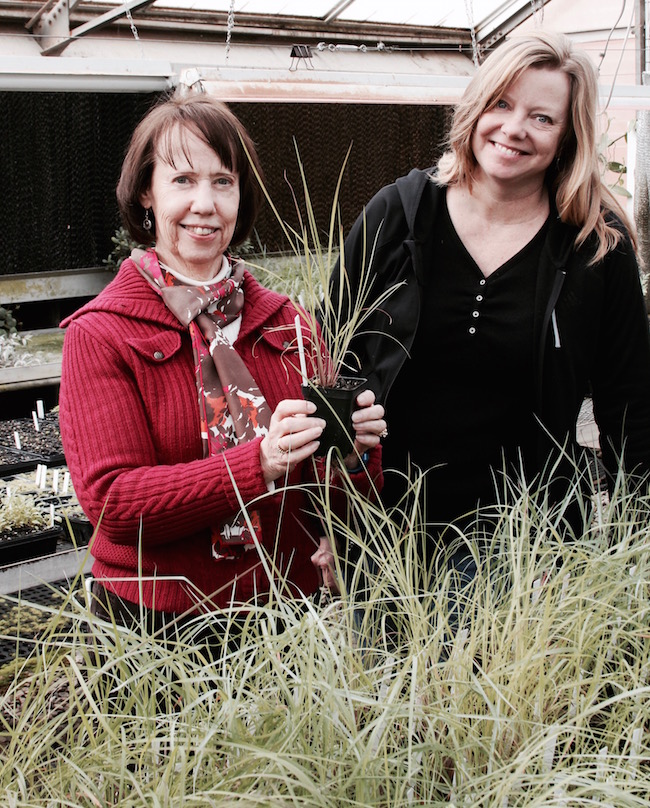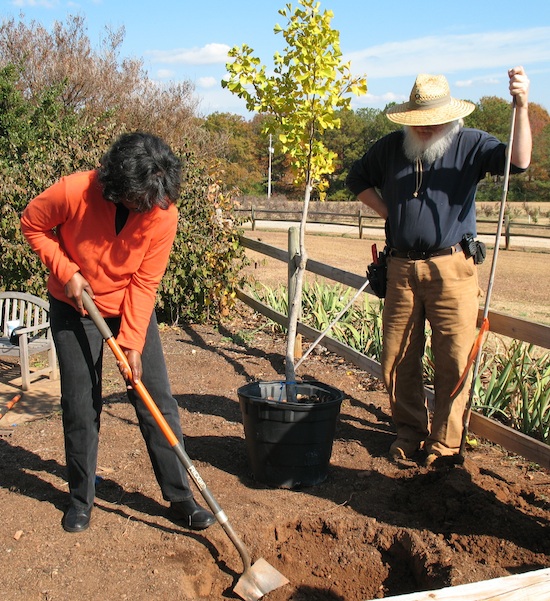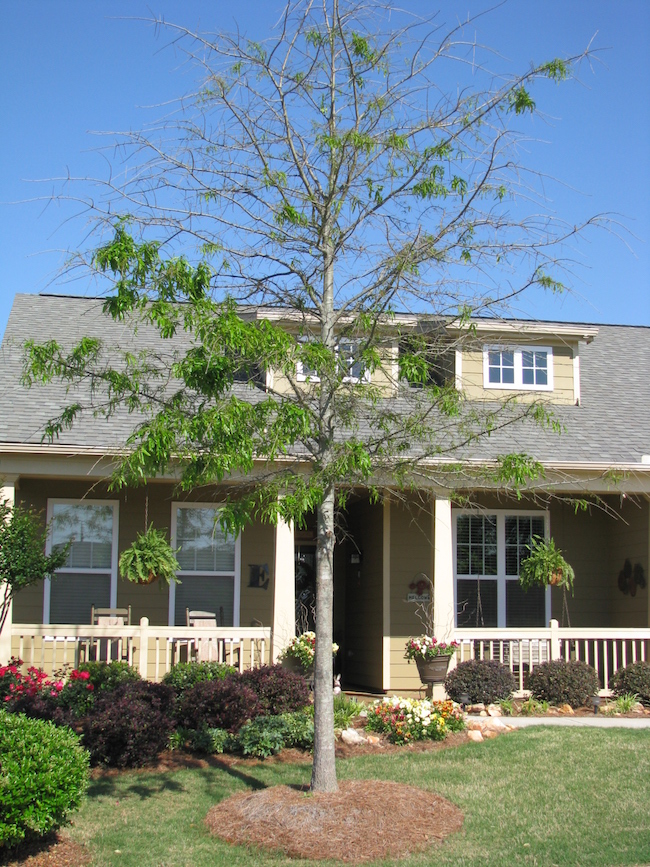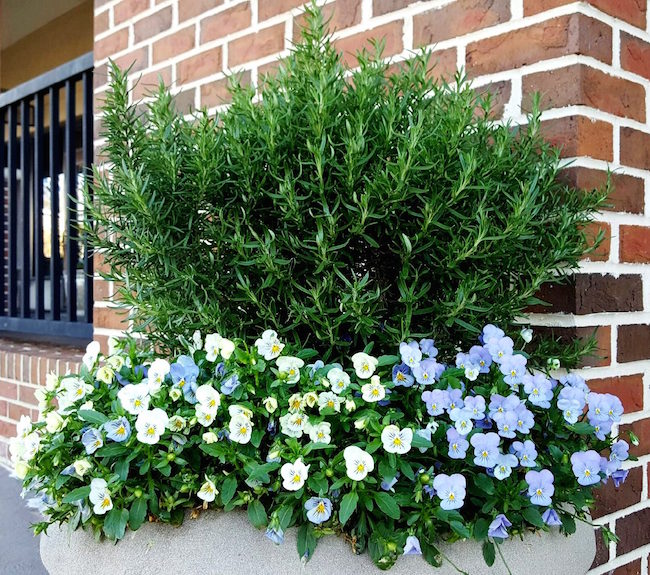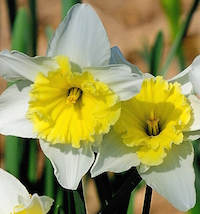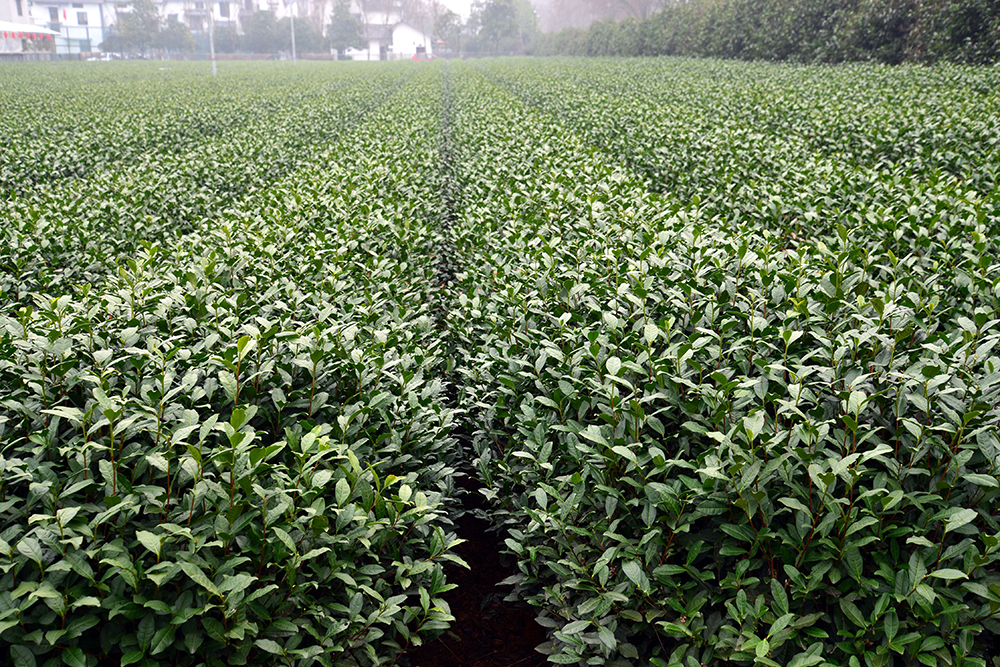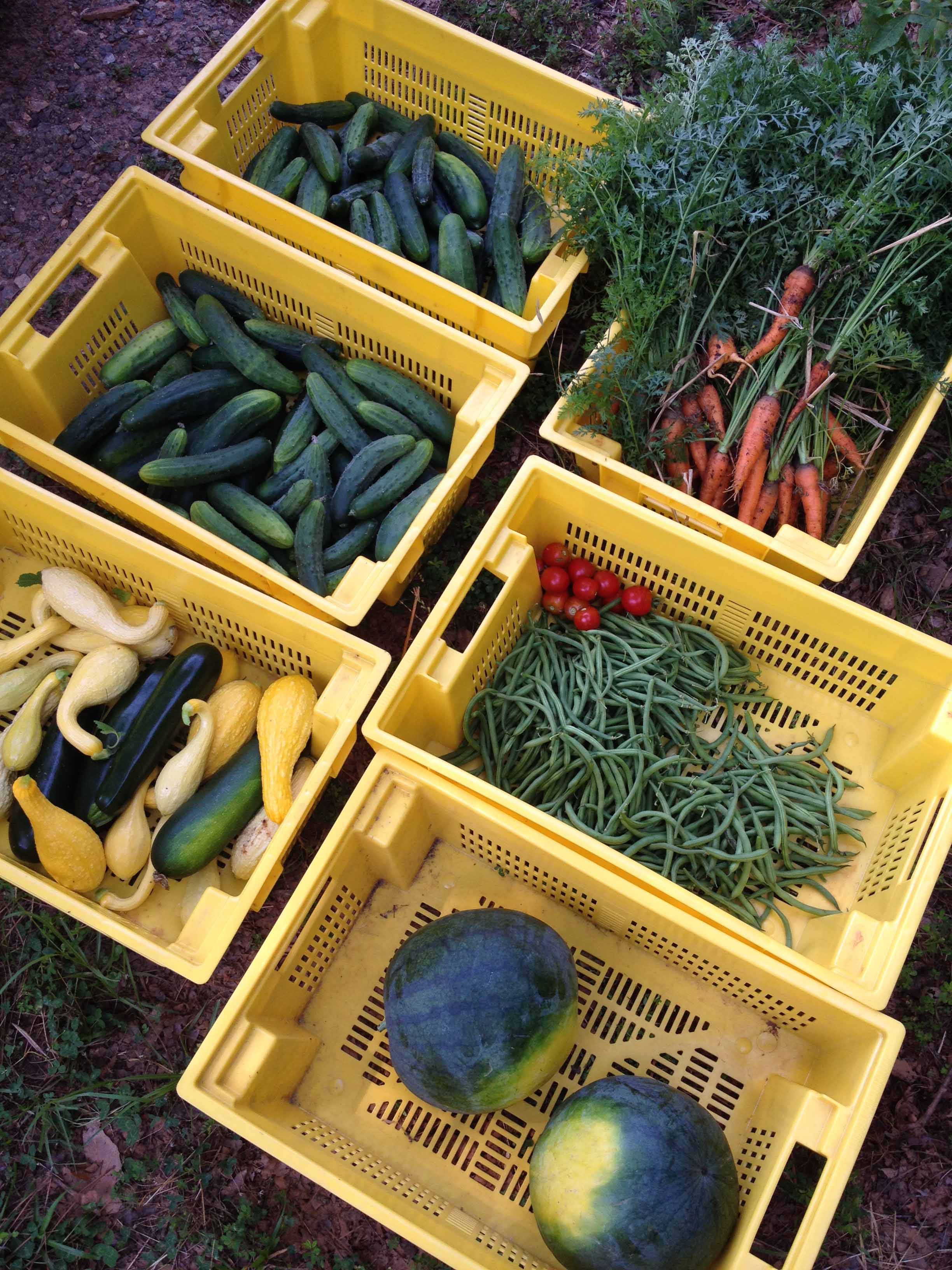 CAES News
CAES News
Local Veggies
Nothing could be more local –or make you more of a locavore – than eating locally grown produce that comes from your own garden plot. You may be thinking that you don’t have room for a garden, but I assure you that the vegetable garden has become “sweet ‘n’ neat” over the past few years for a couple of reasons.

